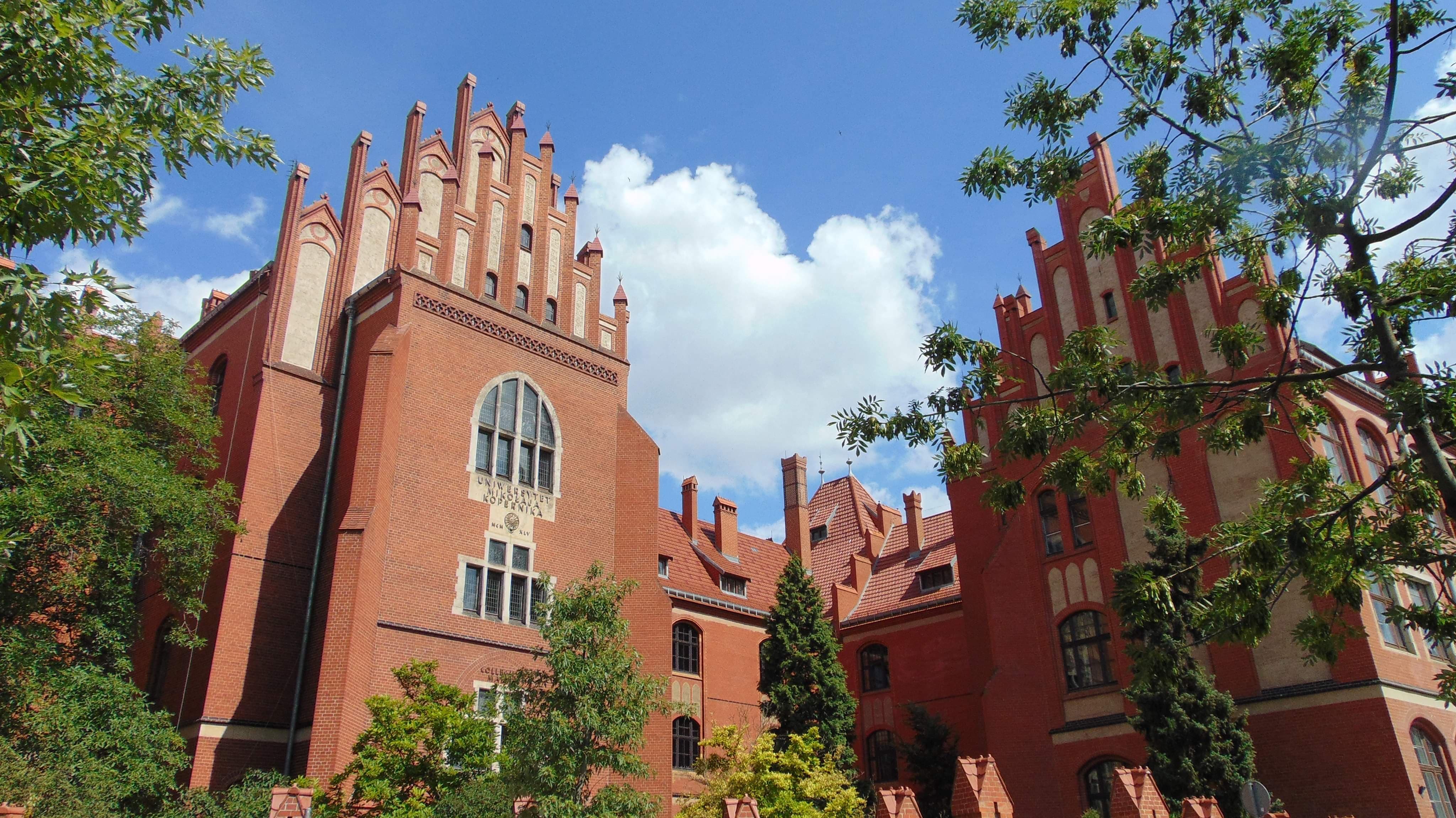Copernicus and the Millennium: Local Celebrations, Global Anniversaries
Our project focuses on the Millennium celebrations in Central and Eastern Europe. The research conducted shows that other anniversaries celebrated in the 20th century were no less important. They often formed an ideological and symbolic network aimed at creating the identity of a particular national or religious community. Among the most important anniversary events in communist Poland were those related to modern history: the labour movement, the October Revolution, or World War II. But not only the Millennium/Thousandth anniversary was these based on distant history. Such celebrations in Poland included, for example, the anniversaries associated with the Battle of Grunwald or the celebration of the 500th anniversary of the birth of Nicolaus Copernicus in 1973. Both of these had strong ideological resonance. They were directed at the Germans as Poland's eternal enemies. This chauvinistic and nationalistic message coincided with the post-war anti-Germanic state policy and, with time, increasingly nationalistic communism in Poland. The common enemy was as important as the positive message that the anniversary could evoke. It is no different with the celebration of the Millennium of the state, which allowed for a renewed anti-German rhetoric.
Nevertheless, looking at this history from a distance and the perspective of memory studies makes it possible to uncover other, no less important aspects of the problem – the whole anniversary staffage, celebration scenarios, heroic references, symbolism and ionosphere of anniversaries, which were similar in various types of anniversary celebrations. The Millennium/Thousandth Anniversary celebrations did not exist in a vacuum, they overlapped with other celebrated events.
However, if all these events seem to be on a local or national scale, what is often missed in accounts and research on the subject is their international or even global scale. 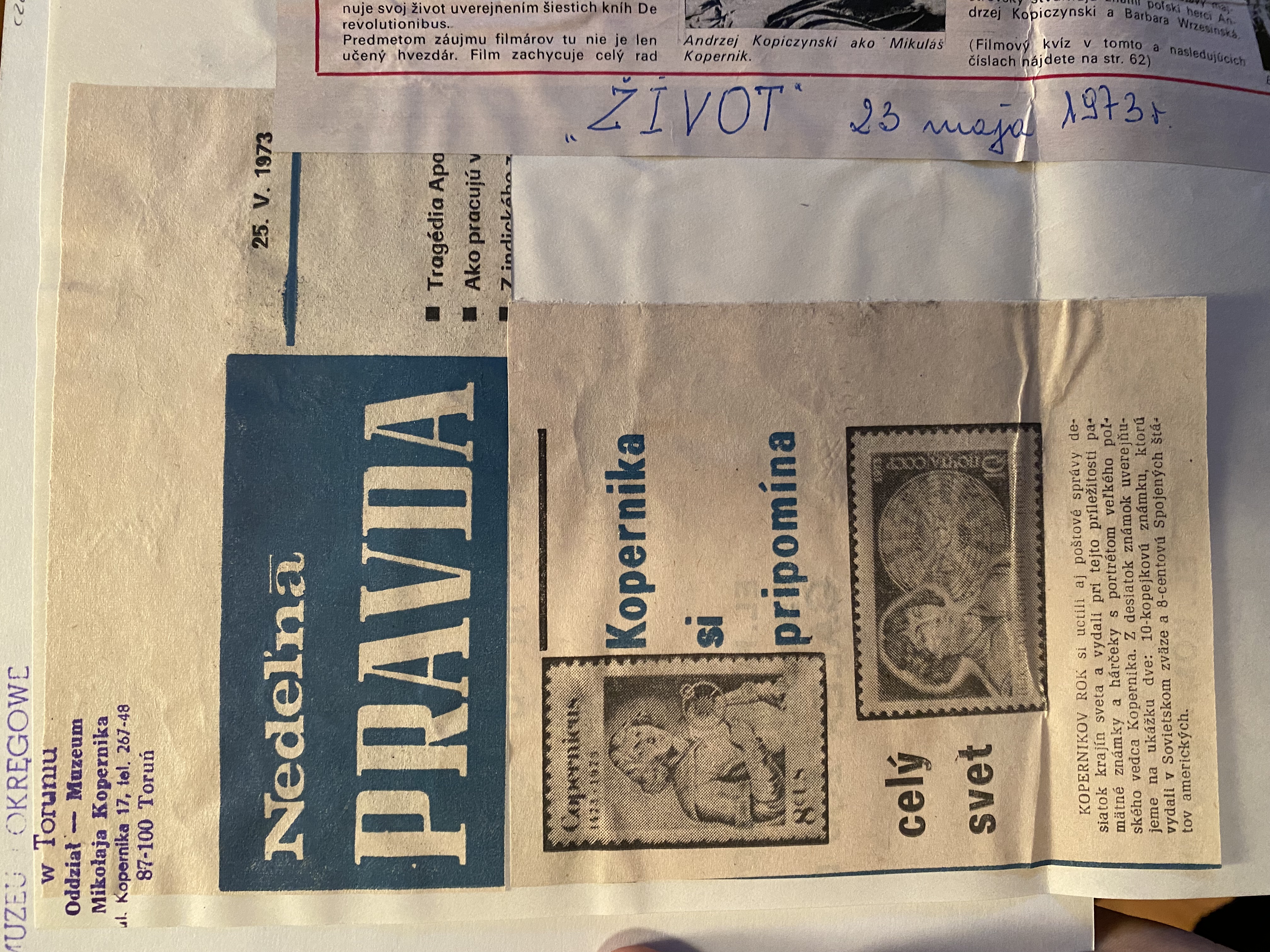 The celebration of the 500th anniversary of Nicolaus Copernicus' birth perfectly illustrates this, although we do not see it today. Preliminary archival research at the Regional Museum in Toruń shows the international scale of the 1973 anniversary. Lectures or exhibitions devoted to Copernicus were held not only in the Euro-American world but traces of them can be found in Afghanistan or Ethiopia, for example.
The celebration of the 500th anniversary of Nicolaus Copernicus' birth perfectly illustrates this, although we do not see it today. Preliminary archival research at the Regional Museum in Toruń shows the international scale of the 1973 anniversary. Lectures or exhibitions devoted to Copernicus were held not only in the Euro-American world but traces of them can be found in Afghanistan or Ethiopia, for example. 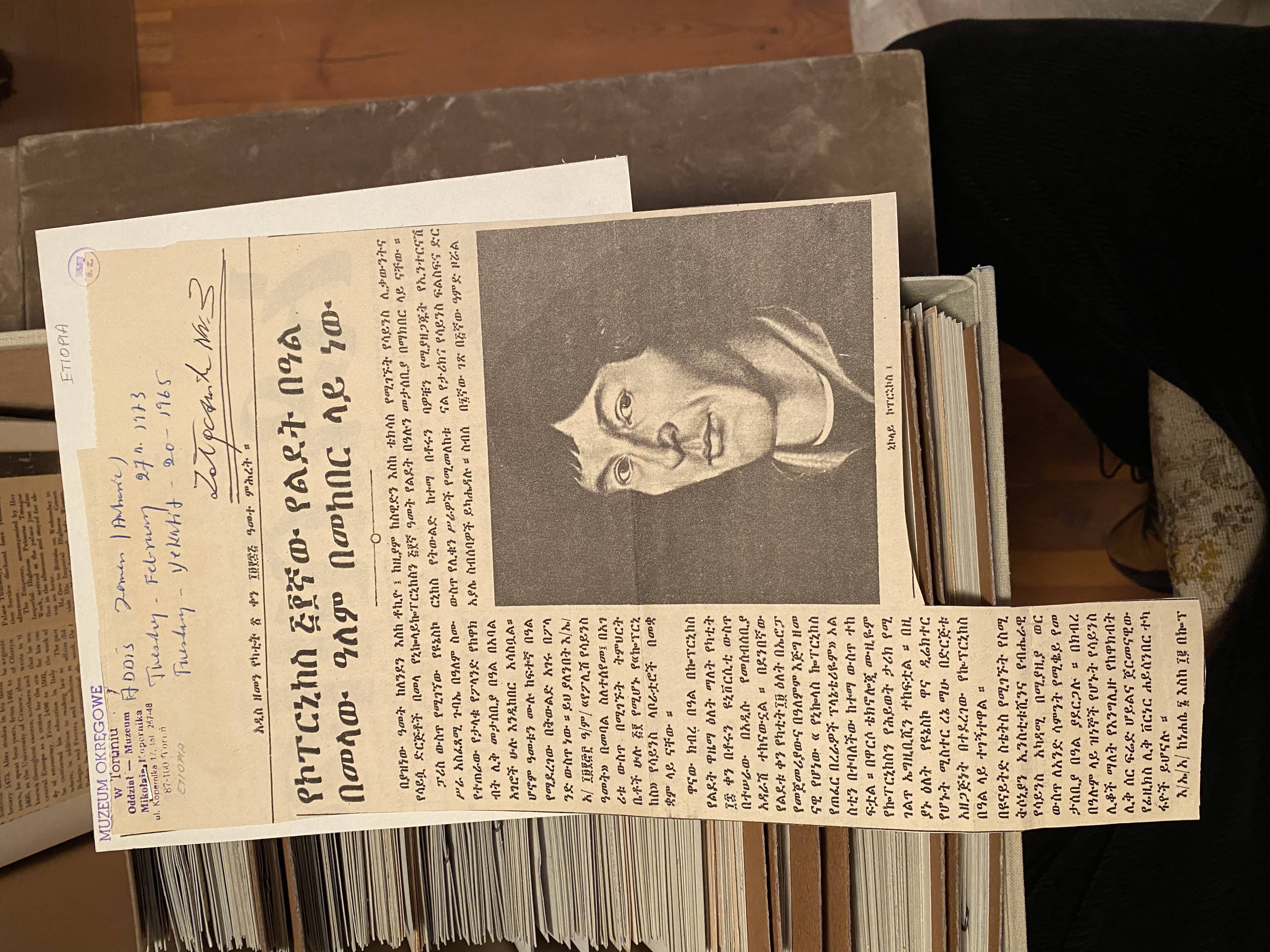
The Millennium/Thousandth anniversary is not different, although the scale of these celebrations around the world was not as large as that of the Copernicus anniversary. However, it is worth pointing out three levels and dimensions of transnational Millennium celebrations: internal, between countries, and emigration.
For while each of these celebrations – whether in Czechoslovakia, Poland, Yugoslavia, or the Soviet Union – was (or so they seem to us today) exclusively national, a host of problems arise when we attempt to define this claim more precisely. Were the Czechoslovak celebrations exclusively Czech, or did they include other nations of the country in the events? In the case of Yugoslavia, are we talking only about the Croats, or did the other nations (and confessions) that were part of it also (how?) participate in these events? Were the Soviet celebrations Russian or Ukrainian? This is an internal perspective.
But in the case of the Millennium, no less important was the perspective of the interaction between the organizers of the various anniversary celebrations. It is known that the Croats were inspired by the Polish Millennium, and at the same time, representatives of the Croatian Catholic Church were not permitted to enter Poland in 1966. There are more connections of this kind and they require in-depth research. Our state of the art in this regard is far from sufficient.
Last, but not least, are the anniversary celebrations in the diaspora. The emigration and its involvement often inspired various anniversary celebrations. They became an expression of patriotic feelings, expression of one's own identity (both in the community where one lived and in relation to the country which had left), integration of dispersed groups, finding common symbols, sometimes also attempts to connect with people back home. The Nicolaus Copernicus Monument in Chicago, among others, was created on such a basis.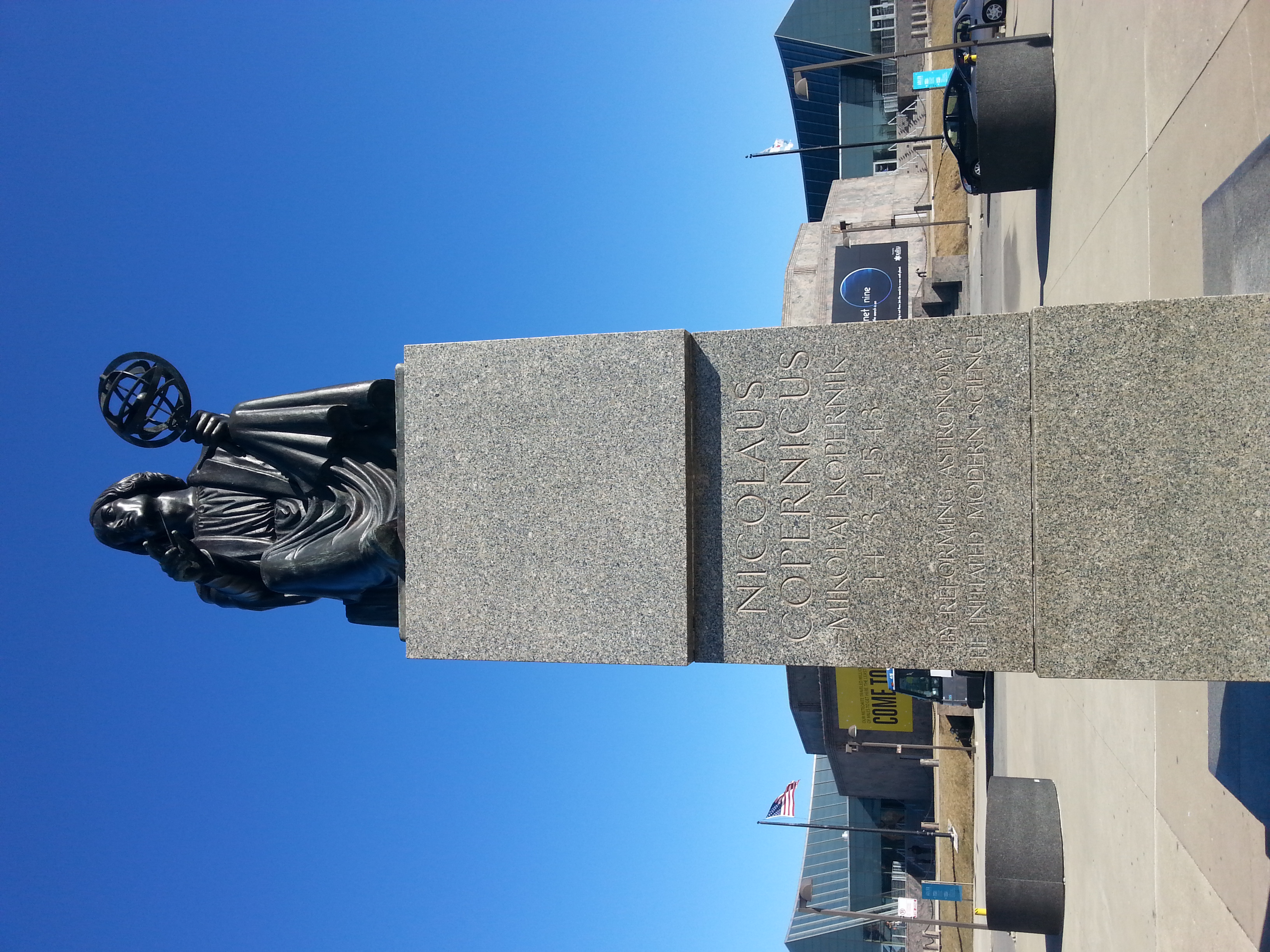
Anniversary celebrations are governed by a peculiar logic in which various elements – not always really connected in the historical dimension – are assembled into common tangles or knots of memory. And just as the 1000th anniversary of the Polish state overlapped with the commemoration of Grunwald, so too the Copernican celebrations were connected with the Millennium. 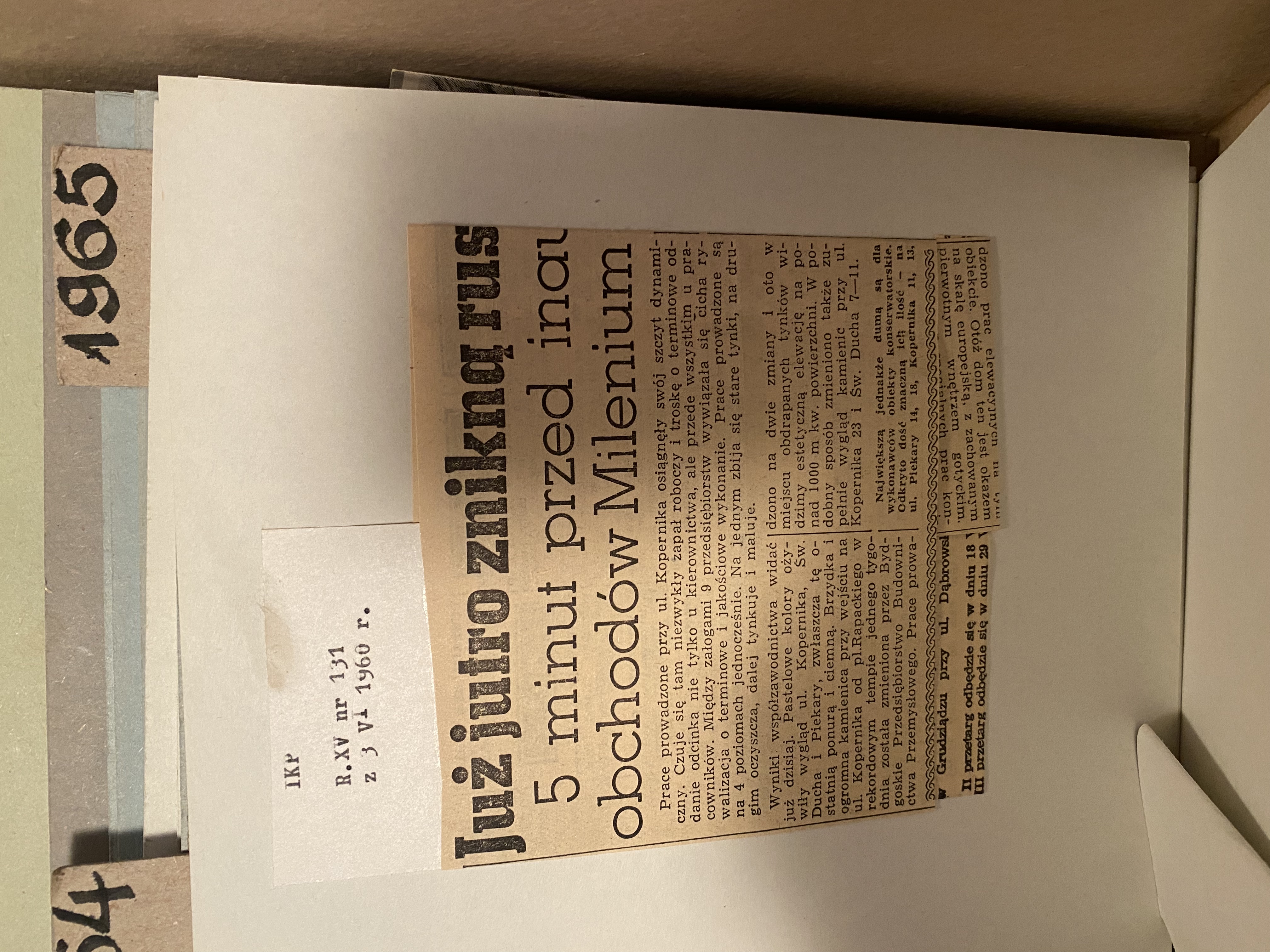 And what seems to be unique to a given country turns out to be intertwined in a whole network of cultural references.
And what seems to be unique to a given country turns out to be intertwined in a whole network of cultural references.
[This blog entry is, on the one hand, linked to the previous one on anniversary celebrations in Central and Eastern Europe in general [link: https://millennium.umk.pl/pages/Obchody/?lang=en ], on the other hand, it is directly related to Adam Kola's lecture entitled “Anniversary Celebrations Half a Century Ago: Global Copernicus, Local Memory”, which is planned as part of the Dies Natalis Copernici - 549th anniversary of Nicolaus Copernicus' birth, organized by the Regional Museum in Toruń, scheduled for February 19, 2022 [link: https://muzeum.torun.pl/aktualnosci/dies-natalis-copernici-549-rocznica-urodzin-mikolaja-kopernika/ ]. This lecture is a preview of a major Copernican congress and celebration of the 550th anniversary of Copernicus' birth, scheduled for 2023. The photographs illustrating the blog entry come from the Regional Museum in Toruń collection. Photo of the Copernicus monument in Chicago – Adam Kola]
A.K.

